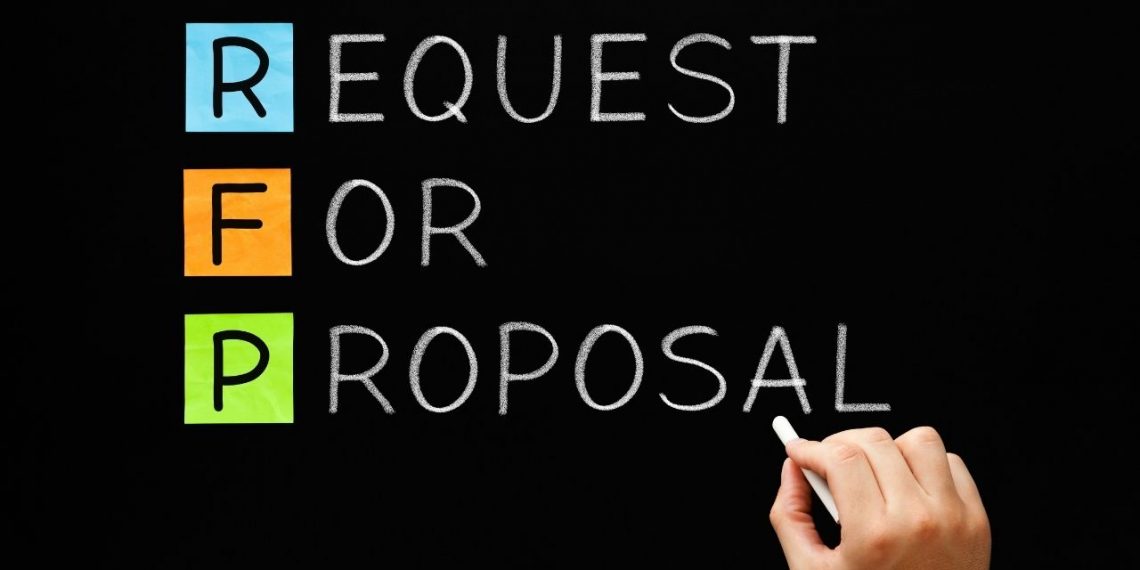A good RFP can land you or cost you a bid. RFPs allow stakeholders to collect information from vendors on how they could help the project. It is an excellent way for companies to determine the best vendor for the job. If you want to make sure that your bid gets accepted, then your RFP should be on point. Here are the things you must add to your RFP to make it successful.
According to The Bid Lab, the company that helps create the best RFP responses, you should include a project overview. It must capture the essence of the project. Let the vendors know your problems and give the background of your business. Mention what your company does and its expectation for the project. A project overview is essential as it sets the tone of the project and helps the vendor know whether you can be the right choice.
Next is the proposal guidelines. It is a guide that informs the vendors what you want to find in the proposal. Moreover, it will also prevent them from sending irrelevant information on the project. If you’re going to see case studies in the proposal or want to request any additional information, this is the best place to do so.
The project description and the goals in the RFP are like explaining the scope of the project. It will assist the vendor in learning more about the people behind the project. In this section, you can state your company’s problems and describe your challenges to the vendors. It will help them to come up with more creative and effective solutions.
A budget is the inevitable part of the RFP. Even if you do not know about all the costs, it is good to do your research and develop a tentative budget. Research the standard rates from competitors and let the vendors know your budget.


